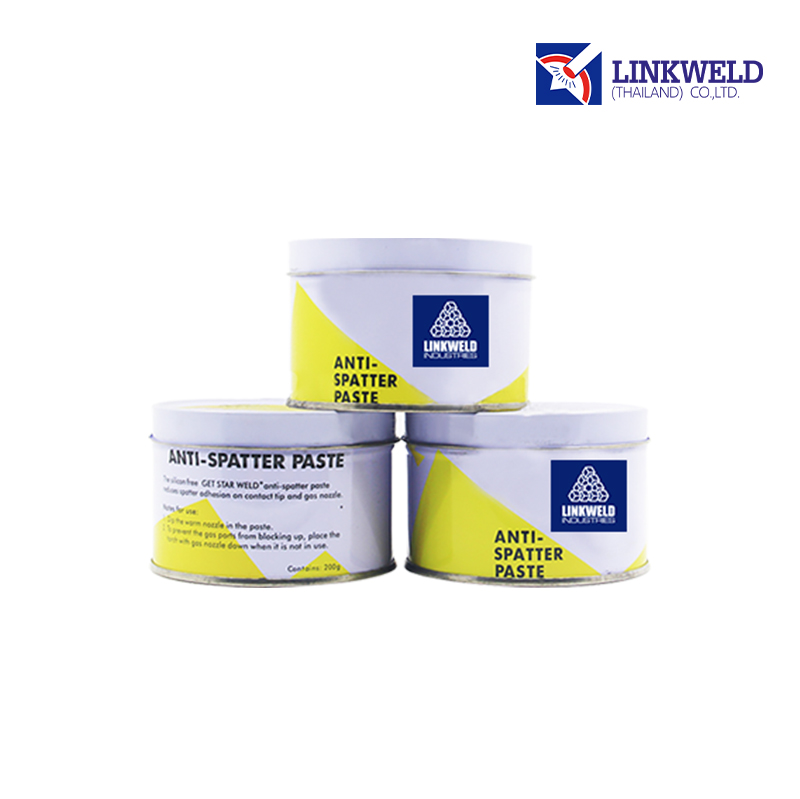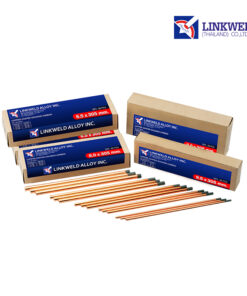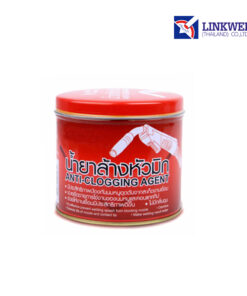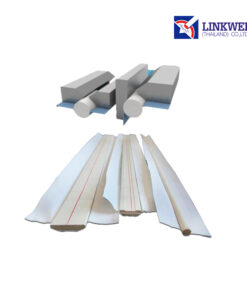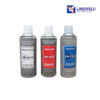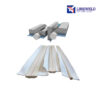Anti-Spatter
Related products
Welding Consumables
Specification: High metal removal rate Excellent arc stability Low electrical resistant Uniform diameter Suitable for gouging on Steel, Stainless steel, Cast iron and Copper.
Welding Consumables
Characteristics LKM-56 is designed for welding of mild steel and 490N/mm2 grade steel. Commonly used is butt or fillet welding. It performs with smooth wire feeding, stable arc, low spatter loss and high deposition efficiency. Applications: It is suitable for welding of vehicles, ships, buildings and bridges. Classification: AWS A5.18 ER70S-6 JIS Z3312 YGW12 Typical
Welding Consumables
Characteristics: The weld metal of LKE-316L is a 18%Cr-12%Ni-2%Mo.It possesses properties to LKE-316 except with a much lower carbon content which reduces susceptibility to sensitization during welding. Applications: It is suitable for welding of AISI 316,316L and cladding stainless steel. Notes on Usage: 1.Dry the electrodes at 200-250°C for 60 minutes and keep at 100-150°C
Welding Consumables
Characteristics: LINKWELD MIG Aluminium Wires It is a magnesium-alloyed aluminum. With good corrosion resistance when exposed to salt water. It is suitable for welding base metals 5050, 5052, 5083, 5356, 5454 and 5456. Classification: AWS A5.10 ER5356 Typical chemical composition of weld metal (wt%) Si Mn Mg Fe Al < 0.2 0.15 5.0 < 0.20
Welding Consumables
Feature • It’s effective prevent welding splash from blocking nozzle. • Extends life of nozzle and contact tip. • Make welding result better. • Odorless. How to use Prevent nozzle clogging from welding splash, welding performance improved and maintenance nozzle prolongs the service life. Suitable for Dip the hot nozzle into the gel, when exposed
Welding Consumables
Characteristics: LKE-7018 is a low hydrogen type electrode for the welding of 490N/mm2 grade high tensile steel. The welding can be done with high deposition rate, good X-ray soundness and mechanical properties. Applications: It is especially suitable for nuclear power stations, petroleum chemical plants, and heavy steel plates. Notes on Usage: 1.Dry the electrodes at



